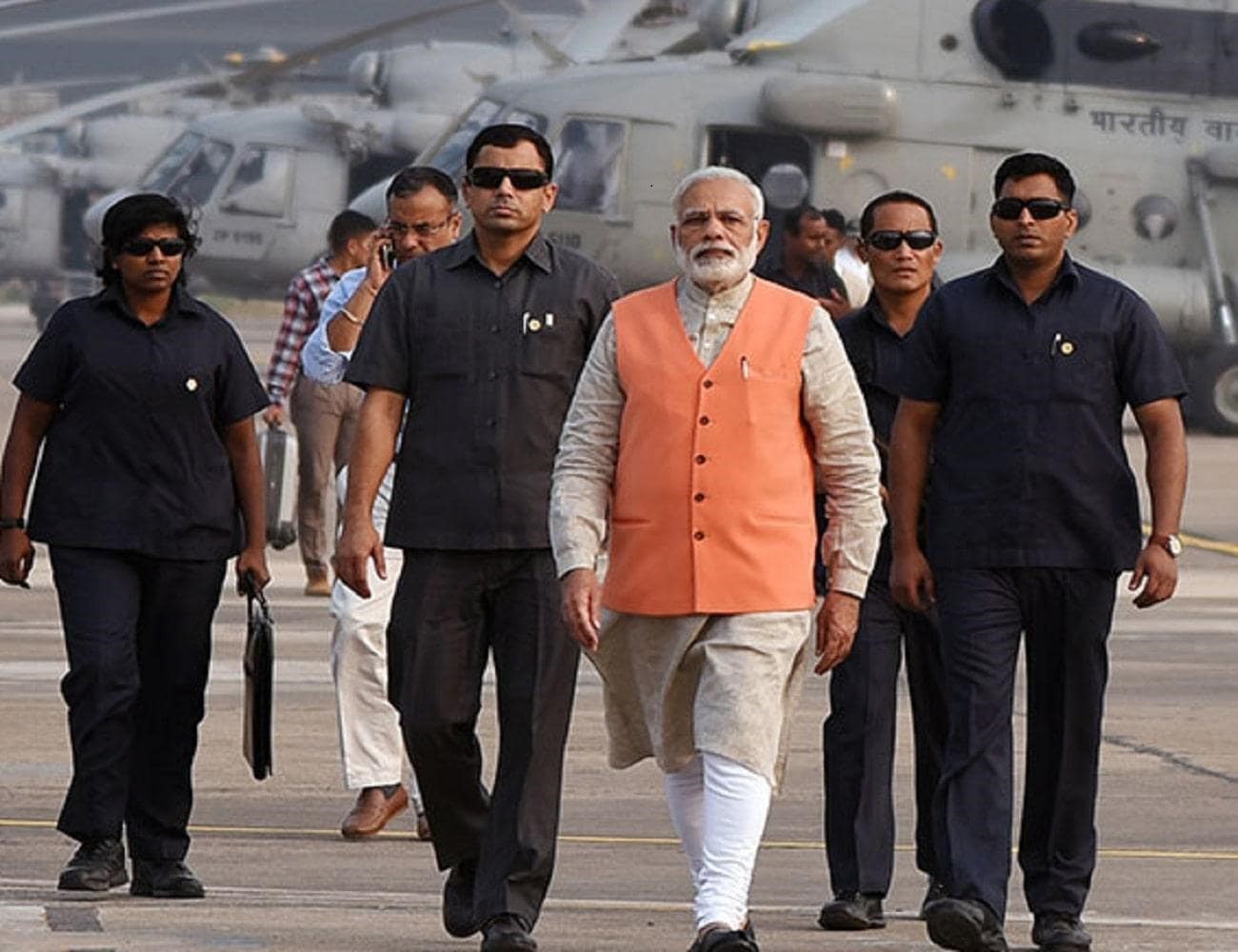Free Courses Sale ends Soon, Get It Now


Free Courses Sale ends Soon, Get It Now



Disclaimer: Copyright infringement not intended.
Context
The Union Home Ministry has extended Z+ security cover to Kerala Governor Arif Mohammed Khan.
Details
Special Protection Group (SPG)
Z+ Category
Z Category
Y+ Category
Y Category
X Category
Implementing Agencies and Protocols
Challenges and Criticisms
Security Failures and Controversies
Conclusion
While the security cover system in India is designed to mitigate threats to high-risk individuals, challenges and controversies persist. Balancing the need for security with efficient police resource utilization is crucial, necessitating periodic reviews and adjustments in the security protocols.
|
PRACTICE QUESTION Q. Discuss the security protocol for high-risk individuals in India, outlining the categorization and details of the security cover provided. (250 Words) |
© 2024 iasgyan. All right reserved